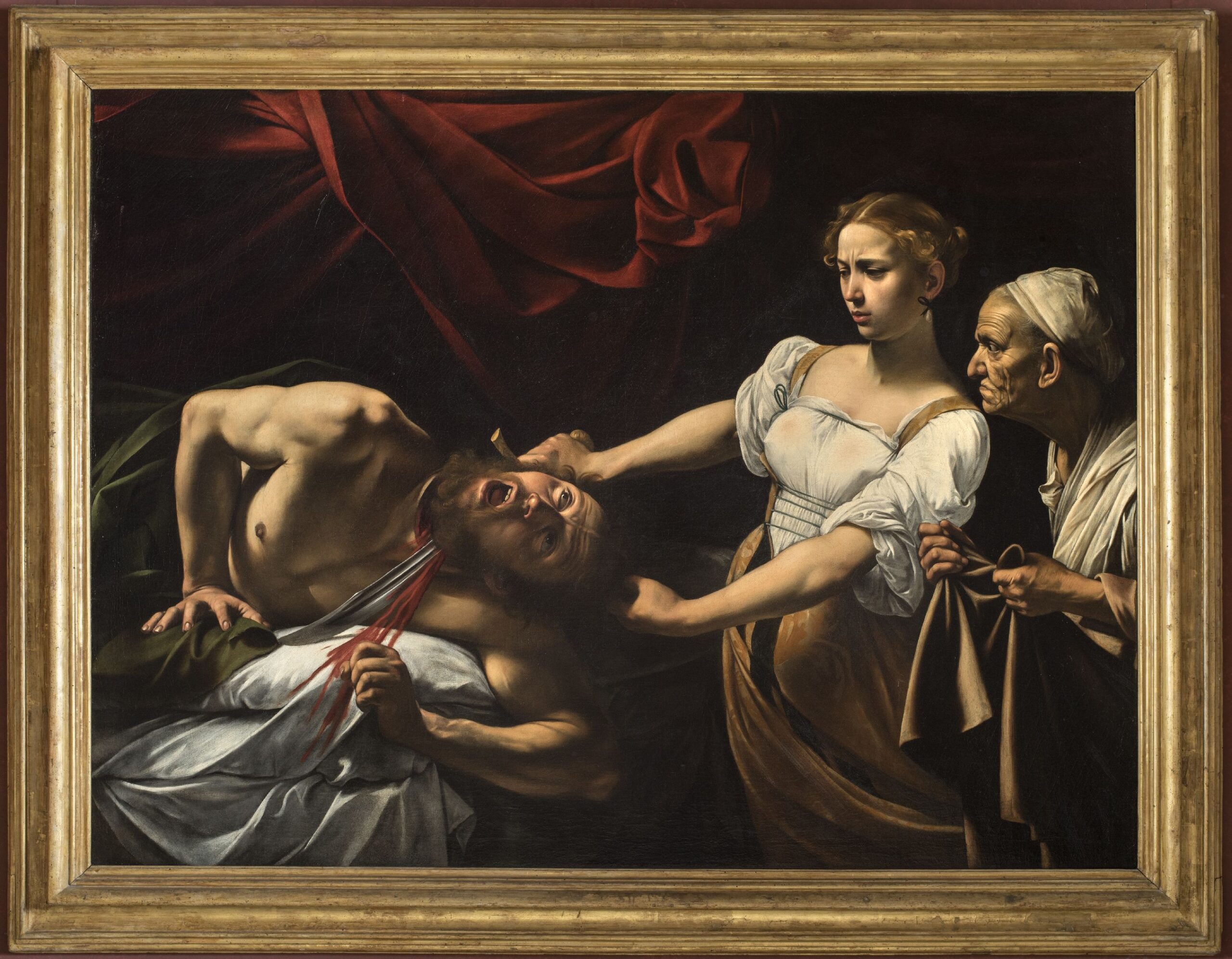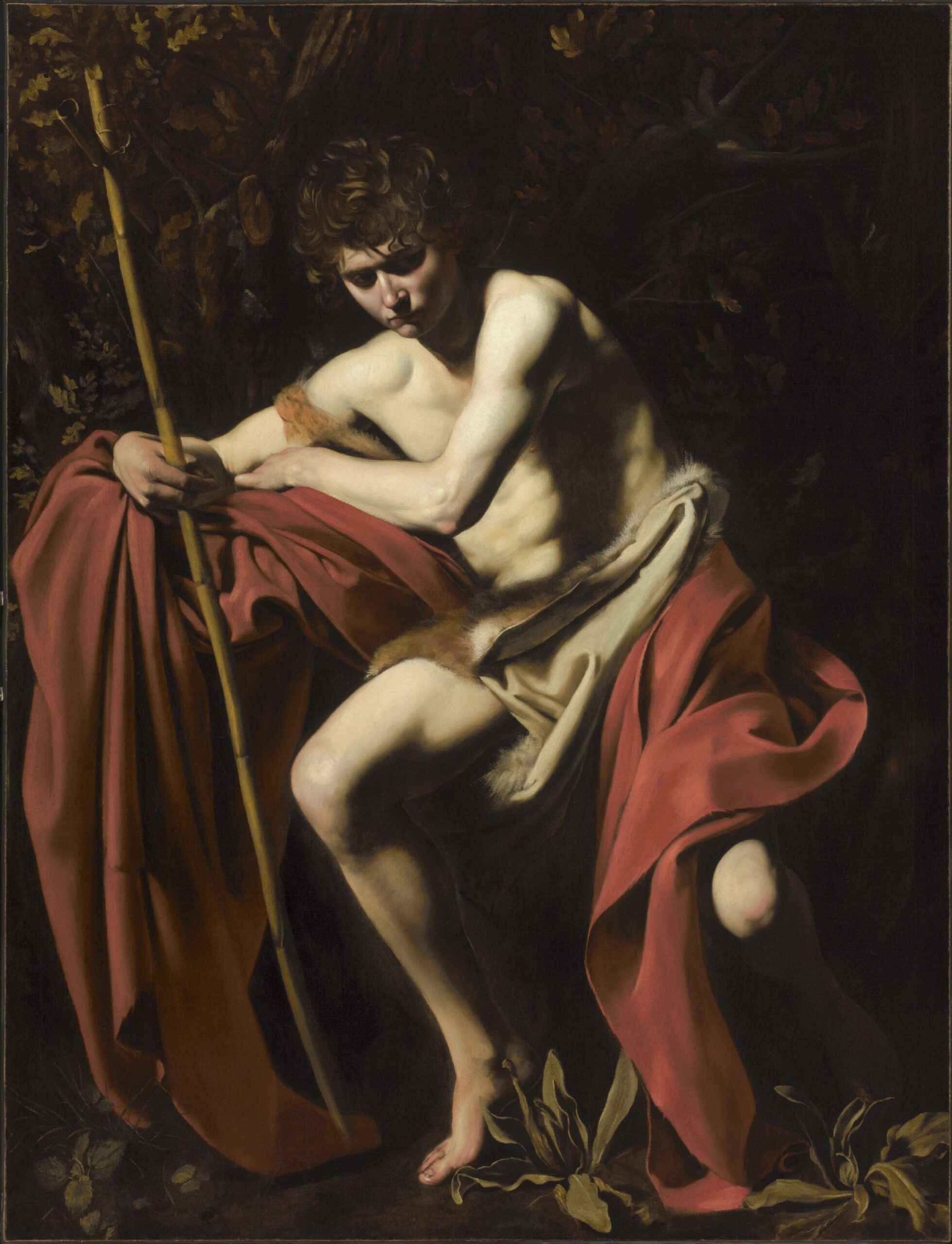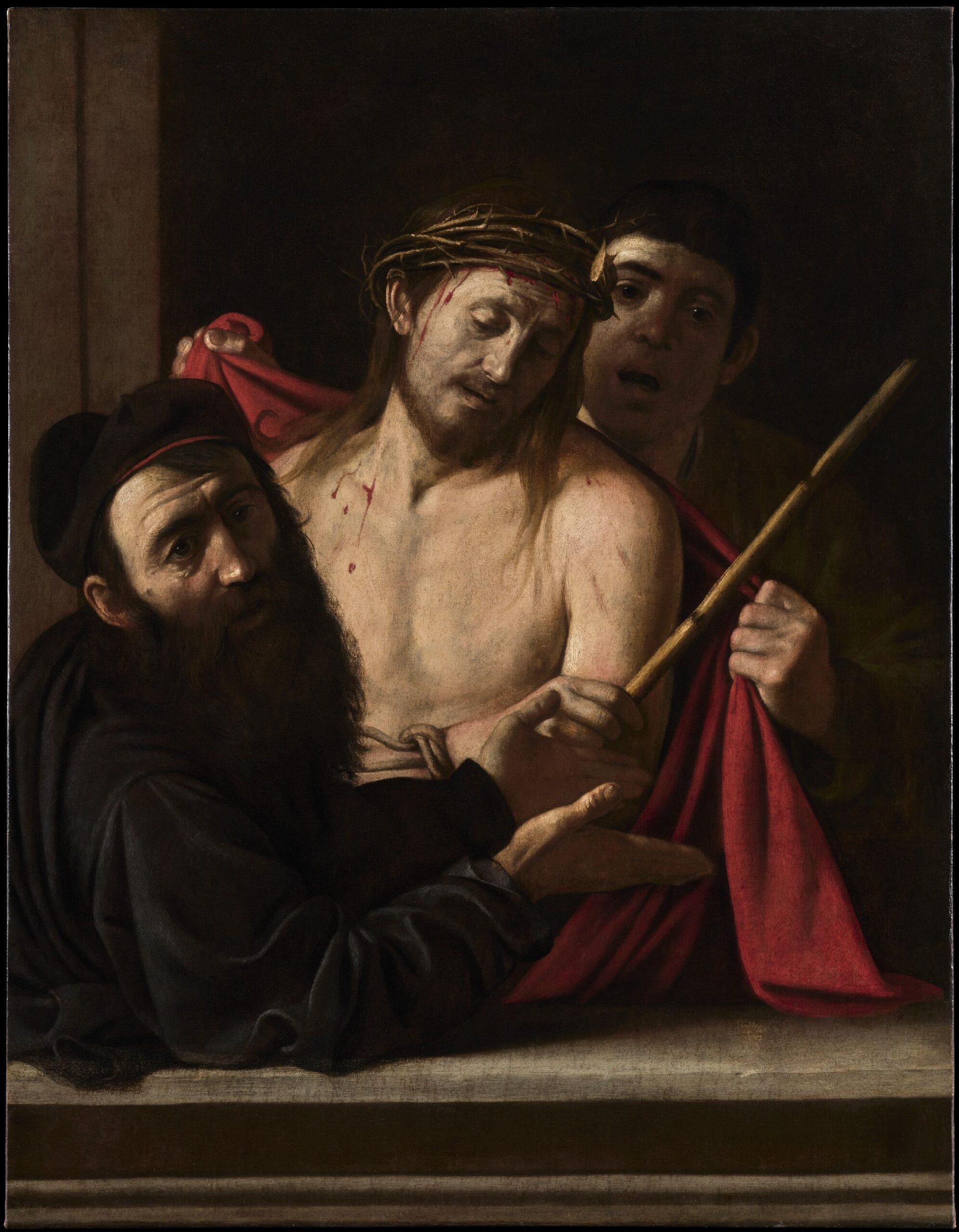On display until July 6 is “Caravaggio 2025”, 24 of this hot-tempered painter’s 60 authenticated masterpieces. It’s exhibited in Rome’s Palazzo Barberini, once the home of Antonio Barberini, Caravaggio’s most ardent collector and the nephew of Maffeo Barberini, Pope Urban VIII (1623-44). After purchase, four have never left Palazzo Barberini: Judith Beheading Holofernes, St. John the Baptist in the Wilderness, St. Francis in Meditation, and Narcissus – Caravaggio’s only painting with a mythological subject, so maybe unauthentic.
Before Barberini, Caravaggio (1571-1610) had two patrons. Cardinal Del Monte owned The Musicians, St. Catherine of Alexandria, and The Cardsharps. (At Del Monte’s death in 1627, Barberini purchased them but, sold by his heirs, they dispersed). The Genovese banker Count Ottavio Costa was the first owner of St. Francis in Ecstasy, Caravaggio’s earliest painting of a religious subject, and of Judith Beheading Holofernes.
Caravaggio’s final “patron”, but really his extortioner, was cutthroat Cardinal Scipione Borghese, nephew of Pope Paul V. In exchange for paintings, he appointed himself mediator to procure Caravaggio a papal pardon after his death sentence for murder in 1606. In 1613 Scipione founded the Galleria Borghese, here lending three of its six Caravaggios: Young Sick Bacchus, David with the Head of Goliath and St. John the Baptist.

The Capitoline Museums are loaning another “Roman” Caravaggio, The Fortune Teller, originally owned by Cardinal Del Monte. The other canvasses are returning to Rome for the first time after centuries from private collections and museums in Italy: Gallerie d’Italia (Naples), the Uffizzi (Florence), Pinacoteca di Brera (Milan), and Capodimonte (Naples); from Europe: Museo Nacional Thyssen-Bornemisza (Madrid), National Gallery of Ireland (Dublin), and Royal Collection Trust (London); and from the USA: Detroit’s Martha and Mary Magdalene; Fort Worth’s The Cardsharps; The Met’s Musicians; Kansas City’s St. John the Baptist in the Wilderness; and Hartford’s St. Francis in Ecstasy.
“Caravaggio 2025” proceeds in chronological order. “Making a Name in Rome” traces Caravaggio’s short-lived job for Cavalier d’Arpino after his arrival in Rome from Milan (1595) and his first commissions for Del Monte and Costa (1597); “Invigorating the Dark Shades” analyzes his portraits, although only a few still exist; “The Sacred and the Tragic Between Rome and Naples” begins with his 1599 commissions for San Luigi dei Francesi and explains his stylistic watershed. For, after his flight from Rome in 1606, Caravaggio mostly painted religious subjects. “End Game” concerns his works after he left Naples in 1607 for Malta, where he was arrested and again fled, first to Sicily and then back to Naples. Here he painted The Galleria Borghese’s St. John the Baptist and the Martyrdom of St. Ursula in 1610, both traveling with him on his final journey as “payment” for his pardon.

The exhibition’s star canvasses are three:
-The wife of the Spanish viceroy in Naples took Ecce Homo to Madrid at the outbreak of the 1609 plague. Rediscovered in 2021, up for auction in Madrid, the Spanish Government pulled it after Italian dealers and art historians identified the painting as a Caravaggio. Ecce Homo was later bought by an anonymous collector who’s lent it long-term to the Prado Museum, which has lent it to “Caravaggio 2025”.
–Portrait of Maffeo Barberini, in another Spanish private collection, had never been displayed in public until a few months ago when loaned to the Palazzo Barberini, its original home, presently negotiating to buy it.
–The Conversion of Saul, is one of two paintings commissioned for Santa Maria del Popolo’s Cerasi Chapel. Caravaggio’s first versions of the Crucifixion of Peter, later lost, and of the Conversion of Saul were rejected because, painted while the Chapel was under construction, they were too big for their allotted space. Thus, Caravaggio repainted them both. A private collection in Rome has loaned the Conversion’s first version.
Many Caravaggio paintings contain his self-portrait, sometimes alone, but more frequently as part of the scene. Examples here include: The Boy Peeling Fruit, the Young Sick Bacchus, one of the Musicians, Holofernes in Judith Beheading Holofernes, Goliath in David with the Head of Goliath, as well as a soldier in The Martyrdom of St. Ursula.
Caravaggio used the same people as his models, usually his drinking mates or courtesans, no matter what the painting’s subject. For example, the protagonists of St. Catherine of Alexandria, the woman holding the mirror in Martha and Mary Magdalene, and Judith Beheading Holofernes are the same model.

Caravaggio often painted the same subject more than once. Here three paintings of St. John the Baptist are displayed together for the first time.
Rome is home to the largest number of Caravaggios. Not exhibited because easily accessible, in addition to the Galleria Borghese’s three, are two in the Galleria Doria Pamphili, as well as the several in San Luigi dei Francesi, Santa Maria del Popolo, and Sant’Agostino.
From the end of March on weekends “Caravaggio 2025” ticket-holders can visit Caravaggio’s only known fresco. Located in the nearby Casino Bomcompagni Ludoviso, first owned by Cardinal Francesco Maria Del Monte, it depicts “Jupiter, Neptune and Pluto”.












